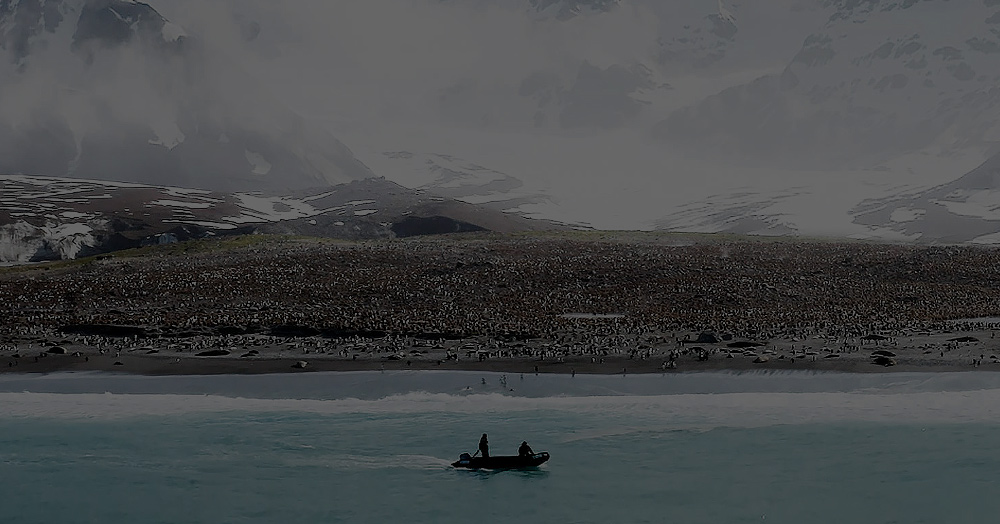01
OVERVIEW
Dylan River is an award winning Aboriginal filmmaker and photographer from Alice Springs, Australia. He has been largely self-taught but comes from a family of storytellers and filmmakers. (His grandmother, Freda Glynn, was one of the founders of the Central Australian Aboriginal Media Association (CAAMA), organisation founded in 1982 to maintain and sustain the culture and languages of Central Australia.
His journey will take him across central and northern Australia, documenting ancient art and ceremonies in Arnhem Land and the Kimberley. He will be both shooting stills and motion. Dylan’s journey concludes with a personal exploration of his own country and language. He will be joined by his grandmother, hopefully to find the very tree she was born under over 80 years ago in the remote central desert town of Barrow Creek.







